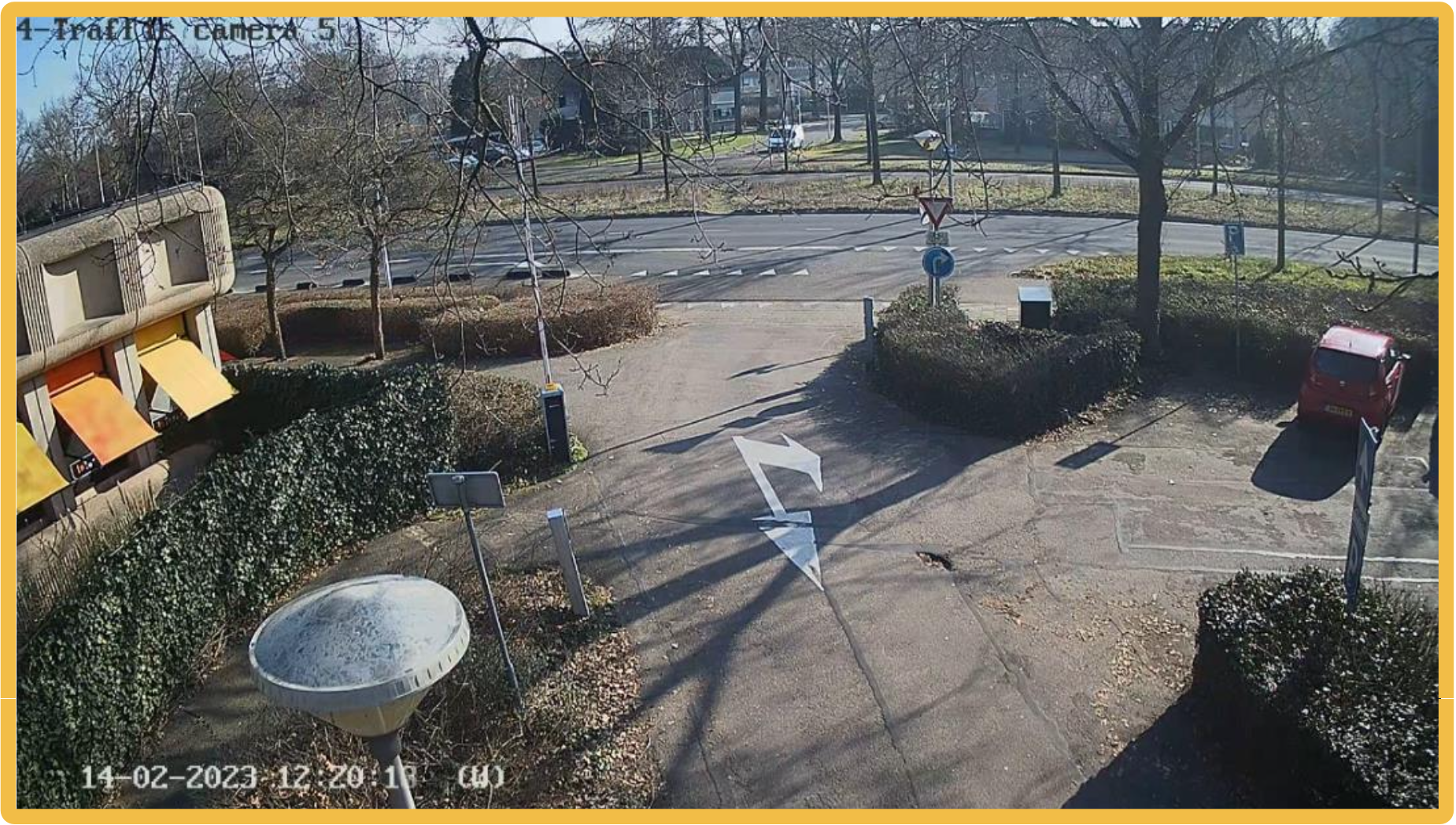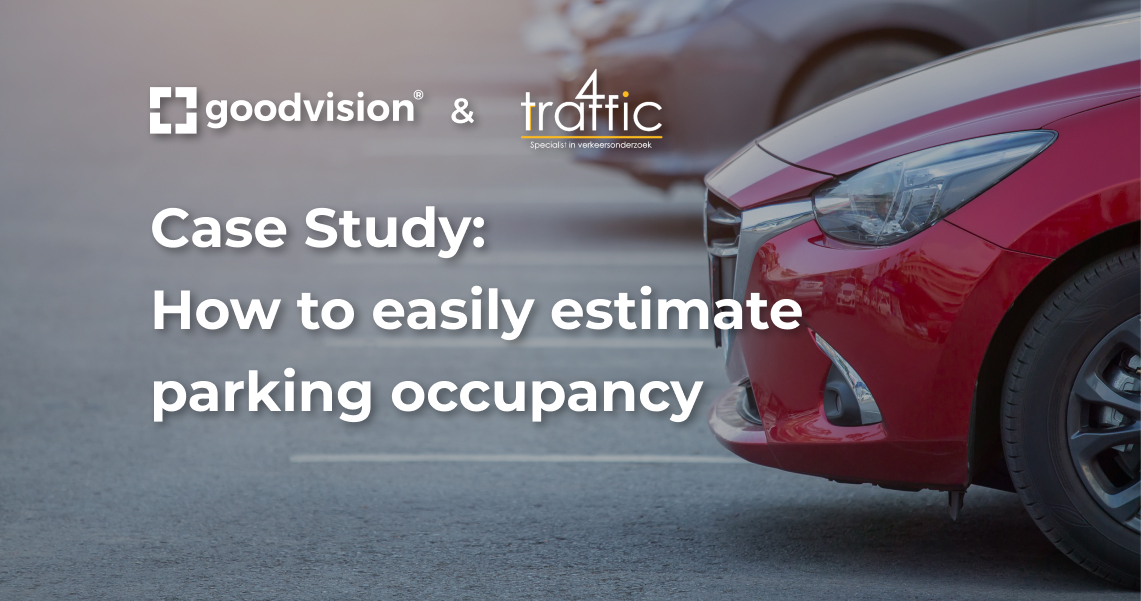How to easily estimate parking occupancy: best practice from the Netherlands
We often hear people out of the industry question what our smart traffic technology can do and how can it be applied to real life. Apart from traffic data collection on roads and junctions, our solutions have further applications, such as location analytics and parking occupancy analysis. And this is exactly what we want to show in this case study from our partners in the Netherlands.
4-Traffic has been contacted by the company Van Wijnen project development, which is currently working on the 'Dobbe aan het Water' residential project in the city of Zwolle. The project’s scope is the development of a new residential building, to coexist with a nearby office area.
Before terminating the apartment building construction, they want to ensure there is sufficient parking space for the new residents. To gain insights into the current usage of the car park, they needed to conduct a parking occupancy survey. Without any second thoughts, the 4-Traffic team suggested using GoodVision for such a project.
They explained all the advantages of installing a camera above the parking lot. In that way, it was possible to accurately determine the occupancy up to the minute, by comparing the number of vehicles entering and leaving against the number of parked vehicles. In contrast to only counting the entry and exit moments, this solution would enable the parking pressure to be visualised at any desired interval of time.

The parking occupancy was determined per hour in a range of 3 consecutive days, from Tuesday to Thursday, for a total of 72 hours. They investigated the number of cars entering the parking lot and those leaving it hour after hour. When placing the camera, the number of cars in the parking lot was their starting number. Based on that number, when knowing how many cars leave and enter the parking lot, it was possible to calculate the number of cars occupying the parking lot.
Our partner explained to their client that the outcome would help them match the supply of parking spaces with the future demand. The advantage was clear: the process of transforming the usage of the existing and the new building from the working space to the residential area would not be based on mere assumptions, but rather on actual insights.
Compared to traditional methods, the key benefits for both our partner and client were straightforward. Doing the same analysis in the past would have required manpower to be present at the parking spaces and perform all the counts manually. It would be a costly accomplishment to rely on someone monitoring 24h for 3 days in a row. With GoodVision they could ensure more accurate data with significantly reduced costs for all.
And how could our client be sure of the results? The reliability was guaranteed by checking benchmarks at several points in time. After installing and removing the camera, the number of parked cars was counted and finally, a manual check was performed in between. These three numbers perfectly matched the final results of the analysis obtained with the GoodVision software solution.
%20(1).png?width=2024&height=1027&name=image%20(5)%20(1).png)
Occupancy percentage per hour between 08:00 – 18:00 on Tuesday 14 February
Since analysis outcomes with GoodVision can be ready in 1 to 2 hours, 4-Traffic was able to deliver the results even sooner than the client could have expected. In fact, the outcomes were available within 72h after removing the cameras from the parking lot.
As for the actual use of data retrieved, the client is already determining the number of spots that should be added to the parking area. Furthermore, he is estimating which parking lots can have a double use: for the people commuting to the office during the day, the same spots can be used during the night by the residents of the apartment area to be built. Optimisation of the parking spaces is therefore always guaranteed.
After another smooth experience with traffic data analytics, our partner is considering the next parking occupancy project on a P+R location. Most probably it would involve more cameras considering the several entrances in the parking garage.
Possibilities are many and our team of engineers is already exploring further use cases, following the current needs and foreseeing those to come.



